Exploring the Versatility of Wireless Sound Sensors
Wireless sound sensors are innovative devices designed to capture and transmit audio without the need for physical connections. These sensors are integral components in various applications, from security systems to automated smart homes. By leveraging wireless technology, these sensors offer flexibility and ease of integration into numerous environments.
Types and Applications
The diversity of wireless sound sensors includes models like the wifi sound sensor and wireless noise detector. Each type serves specific applications, from monitoring noise levels in industrial settings to enhancing home entertainment systems. Their utility spans across sectors, making them a staple in both commercial and residential settings for tasks such as audio recording, noise detection, and even health monitoring through sound analysis.
Features and Materials
These sensors are crafted from durable materials, ensuring longevity and consistent performance. The features of a wireless sound sensor often include a broad frequency range, enabling the detection of a wide spectrum of sounds. Additionally, the precision in frequency response allows for accurate sound reproduction, essential for applications where sound clarity is paramount.
Advantages of Wireless Sound Technology
The primary advantage of using a wireless noise detector is the elimination of wires, which simplifies installation and reduces clutter. The adaptability of these sensors to connect with various devices, such as mobile phones and televisions, underscores their versatility. Furthermore, the aesthetic appeal of their design does not compromise their functionality, allowing them to blend seamlessly into the environment they are placed in.
Choosing the Right Sensor
Selecting the appropriate wifi sound sensor involves considering the specific requirements of the intended application. Factors such as sound sensitivity, connectivity options, and battery life are crucial in determining the most suitable sensor. With an extensive selection available, finding a sensor that aligns with particular needs is simplified, ensuring that each purchase is tailored to the user's unique situation.
Conclusion
The realm of wireless sound sensors is marked by innovation and diversity, offering solutions for a myriad of audio detection needs. While browsing through the options, it is evident that these devices are more than just components; they are enablers of enhanced audio experiences in various settings. The commitment to functionality and design makes these sensors a smart choice for anyone looking to integrate sound detection into their systems.



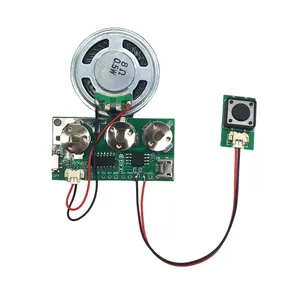



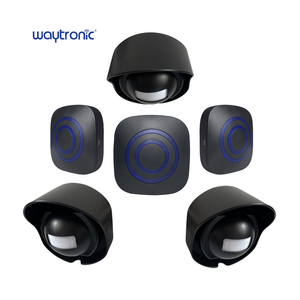



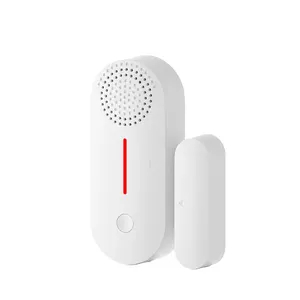
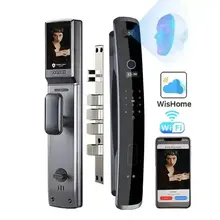
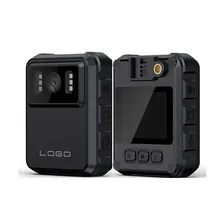
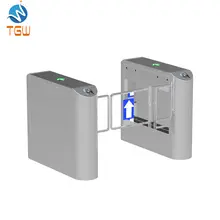
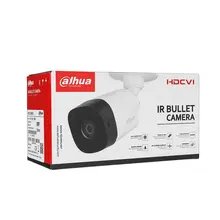



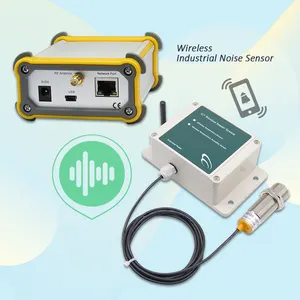

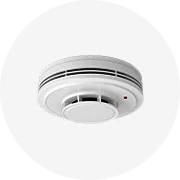
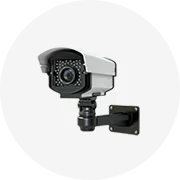
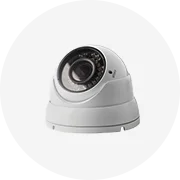

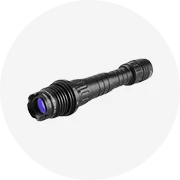










 浙公网安备 33010002000092号
浙公网安备 33010002000092号 浙B2-20120091-4
浙B2-20120091-4